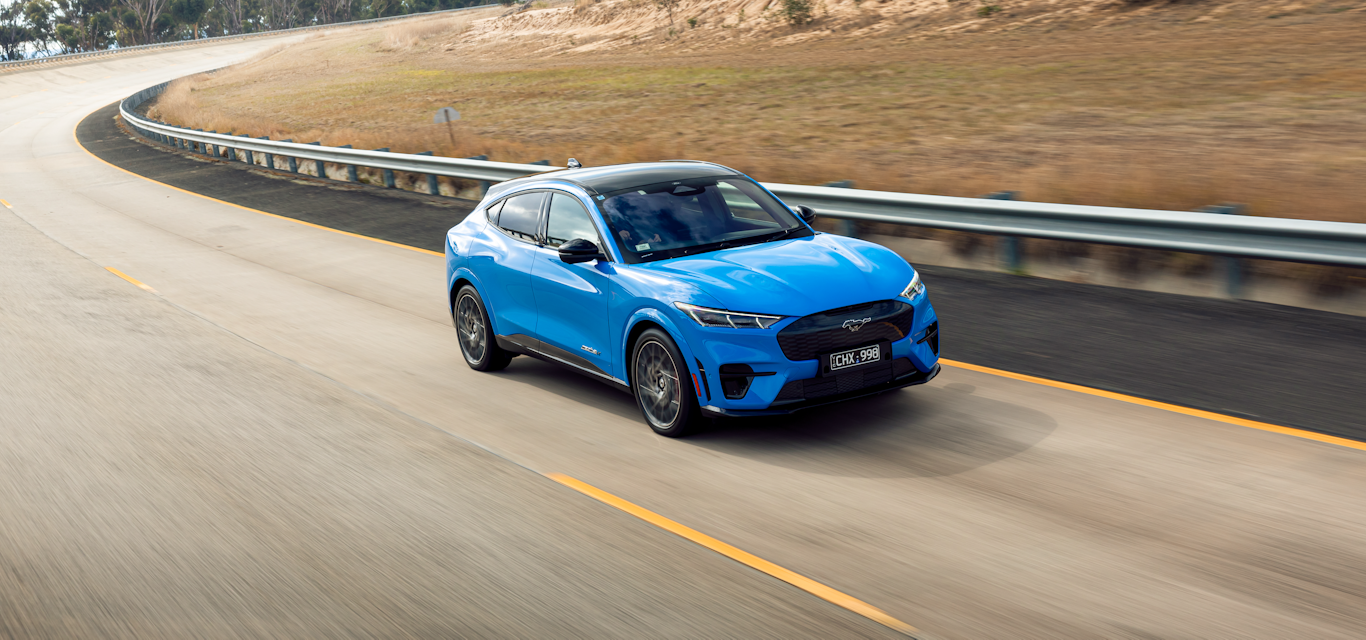In reverse: Ford Mustang
Based on a humble compact car but with distinctive styling that instantly captured the imagination of America's '60's youth, Ford's Mustang was an unexpected runaway success, helping spark the US pony car trend that birthed the likes of the Chevy Camaro, AMC Javelin and Dodge Challenger.
Model: Ford Mustang
Engine: 289cid (4.7-litre) pushrod V8 (168kW/300Nm)
Claim to fame: Celebrating its 60th anniversary this year, the Mustang is one of the world’s longest-running automotive nameplates and has become a defining symbol of the American automobile.
First introduced at the 1964-65 New York World’s Fair in coupe and convertible body styles, the Mustang was designed as a budget-priced style-first model that would appeal to women but also be desirable to men. Through the late 1950s and early 1960s, American women were taking to the road in unprecedented numbers and Ford needed a car they wanted to drive. But the Blue Oval dramatically underestimated the appeal of its new two-door to both sexes and sales took off like a Saturn V rocket, notching up an estimated 400,000 sales in the first calendar year and one million by 1966.
What drove the Mustang’s initial success was its looks, with one market researcher famously describing Ford’s styling efforts as the equivalent of turning a “librarian” into a “sexpot”. With its long bonnet and short-deck styling the Mustang looked like it was moving even when standing still, while its roomy 2+2 interior and low US$2500 price for the base model helped capture the imagination of America’s baby boomers.
Contrary to the popular perception that the Mustang has always been a performance model, the first generation was based on the humble underpinnings of the US Ford Falcon, a compact family car that was also the basis for Australia’s early Falcons. Power came from a 2.8-litre inline six-cylinder engine and optional 4.3-litre V8, with a 3.3-litre six and betterknown 4.7-litre (289ci) V8 later joining the engine range. Most buyers opted for the latter, hitched to a three-speed automatic transmission, although a four-speed manual was available.
Recognising the Mustang’s appeal to more high-performance-oriented buyers, Ford soon approached Texan sports car racer Carroll Shelby to create a more muscular version. The result, the Shelby GT350, arrived in early 1965 with performance-inspired suspension upgrades, its rear seat removed to save weight, a V8 now breathing better through side-exit exhausts, and its GT-striped bonnet made of lightweight fibreglass. It would be the first of many memorable Shelby-enhanced Mustangs, including the big-block Shelby GT500, Shelby Cobra GT500 and Shelby Super Snake.
Today, the Mustang remains a vibrant and valuable nameplate within Ford’s line-up, with a seventh-generation model already available in the US and due here later this year. It will join arguably the most controversial model to ever wear the badge, the Mustang Mach-E, a battery-electric-powered SUV that outraged purists when it debuted Stateside in late 2020. Be that as it may, Ford’s decision to apply the Mustang name, iconic wild horse logo and distinctive styling to its most high-profile EV suggests there’s plenty of life left yet in the last remaining pony car.
